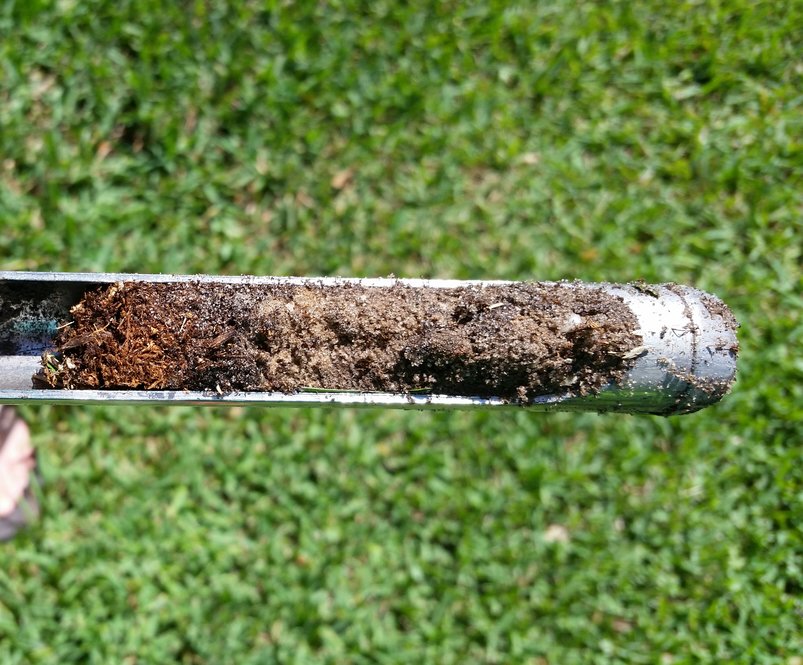
By Clint Thompson
A proper soil test can better prepare growers for the upcoming planting season. It should be done well in advance, says Eric Simonne, University of Florida/IFAS Northeast Extension District Director.
“Ahead of the planting season is always the right time to do soil testing. You want to do that ahead of time enough so that if they have to put out lime then the lime has time to react,” Simonne said. “You need to take your soil test a couple of months before the target planting date.
“The No. 1 thing you want to know from your soil test is your pH and then your buffer pH. With your actual pH and buffer pH you get an idea of how much lime you need to apply. Some of the soil in South Florida they don’t need lime, but some others do.”
According to UF/IFAS, the soil pH should be between 6.0 and 6.5. If the pH is too low, then liming is needed. But there is a potential for overliming. This can lead to a high soil pH, which growers need to avoid as well. This can tie up micronutrients and phosphorus, causing a restriction of their uptake by the plants.
Soil tests can provide recommendations for phosphorous, potassium, calcium, magnesium, sulfur and other micronutrients. The amount of nitrogen required by vegetable plants must be applied every growing season because it leaches quickly.









